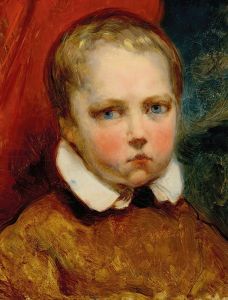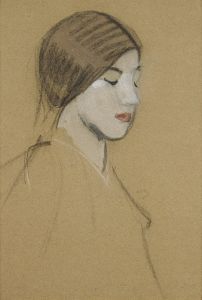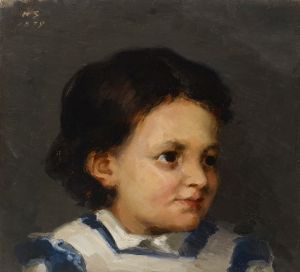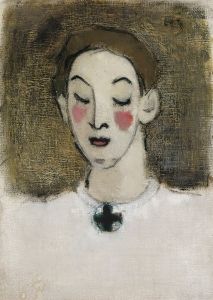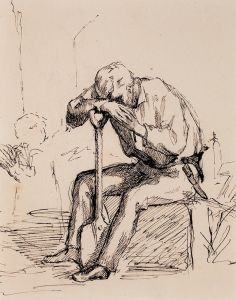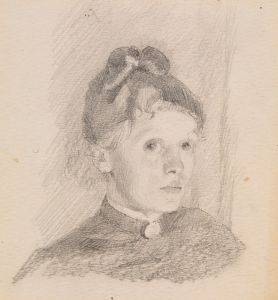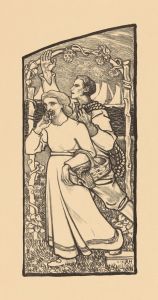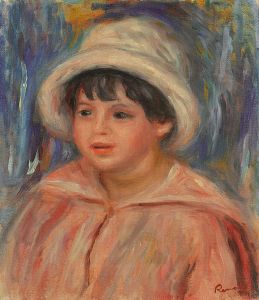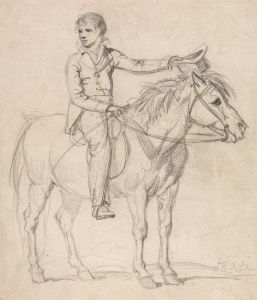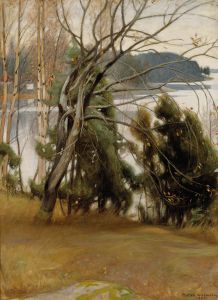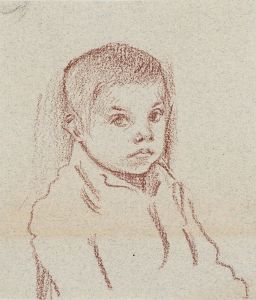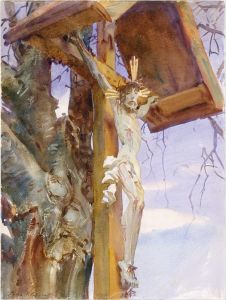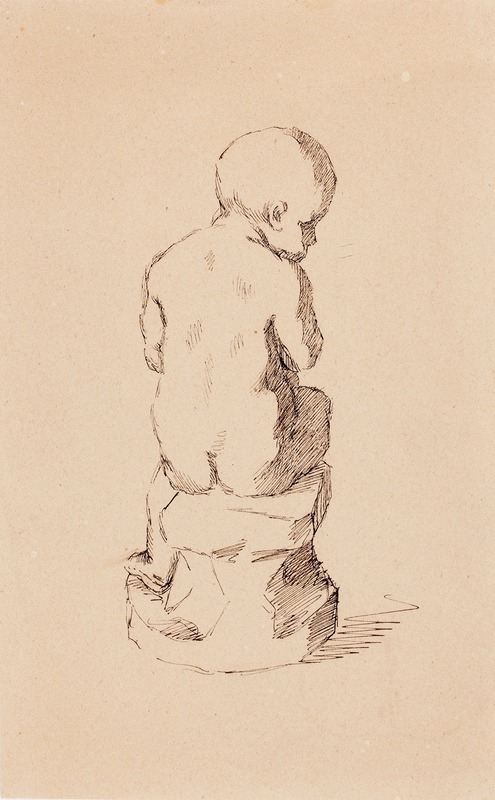
Istuva pieni poika, veistos takaapäin
A hand-painted replica of Helene Schjerfbeck’s masterpiece Istuva pieni poika, veistos takaapäin, meticulously crafted by professional artists to capture the true essence of the original. Each piece is created with museum-quality canvas and rare mineral pigments, carefully painted by experienced artists with delicate brushstrokes and rich, layered colors to perfectly recreate the texture of the original artwork. Unlike machine-printed reproductions, this hand-painted version brings the painting to life, infused with the artist’s emotions and skill in every stroke. Whether for personal collection or home decoration, it instantly elevates the artistic atmosphere of any space.
Helene Schjerfbeck (1862–1946) was a Finnish painter known for her modernist approach and distinctive style, which evolved significantly over her long career. She is celebrated for her portraits, still lifes, and landscapes, often characterized by their minimalism and emotional depth. Schjerfbeck's work has gained international recognition, and she is considered one of Finland's most important artists.
"Istuva pieni poika, veistos takaapäin" is a painting by Helene Schjerfbeck, which translates to "Seated Little Boy, Sculpture from Behind" in English. This work is part of Schjerfbeck's extensive oeuvre that often explored themes of childhood and introspection. While specific details about this particular painting are limited, it is consistent with Schjerfbeck's interest in capturing the essence of her subjects with simplicity and emotional resonance.
Schjerfbeck's technique often involved a reduction of detail to focus on the core elements of her subjects, creating an intimate and contemplative atmosphere. Her use of color was typically restrained, employing a palette that emphasized subtle contrasts and tonal variations. This approach allowed her to convey a sense of mood and character with remarkable economy.
Throughout her career, Schjerfbeck was influenced by various art movements, including Impressionism and Symbolism, but she developed a unique style that defied easy categorization. Her work often reflects a deep engagement with the human condition, exploring themes of identity, aging, and the passage of time. Schjerfbeck's portraits, in particular, are noted for their psychological depth and ability to capture the inner life of her subjects.
"Istuva pieni poika, veistos takaapäin" fits within this context as an example of Schjerfbeck's ability to convey emotion and narrative through minimalistic composition. The painting likely depicts a young boy from behind, a perspective that invites viewers to consider the subject's thoughts and feelings. This approach is typical of Schjerfbeck's work, where the viewer is encouraged to engage with the painting on an emotional and intellectual level.
Schjerfbeck's legacy is significant in the history of Finnish art, and her work continues to be studied and appreciated for its innovative approach and emotional depth. Her paintings are held in high esteem in Finland and internationally, with many housed in major museums and collections. Schjerfbeck's influence extends beyond her lifetime, inspiring subsequent generations of artists to explore the boundaries of portraiture and expression.
In summary, "Istuva pieni poika, veistos takaapäin" exemplifies Helene Schjerfbeck's mastery of capturing the essence of her subjects with simplicity and emotional impact. While specific details about this painting are scarce, it remains a testament to Schjerfbeck's enduring legacy as a pioneering figure in modern art.





